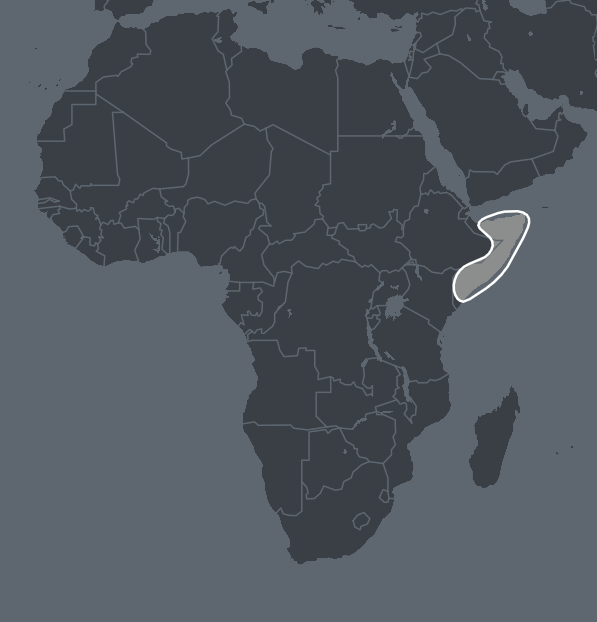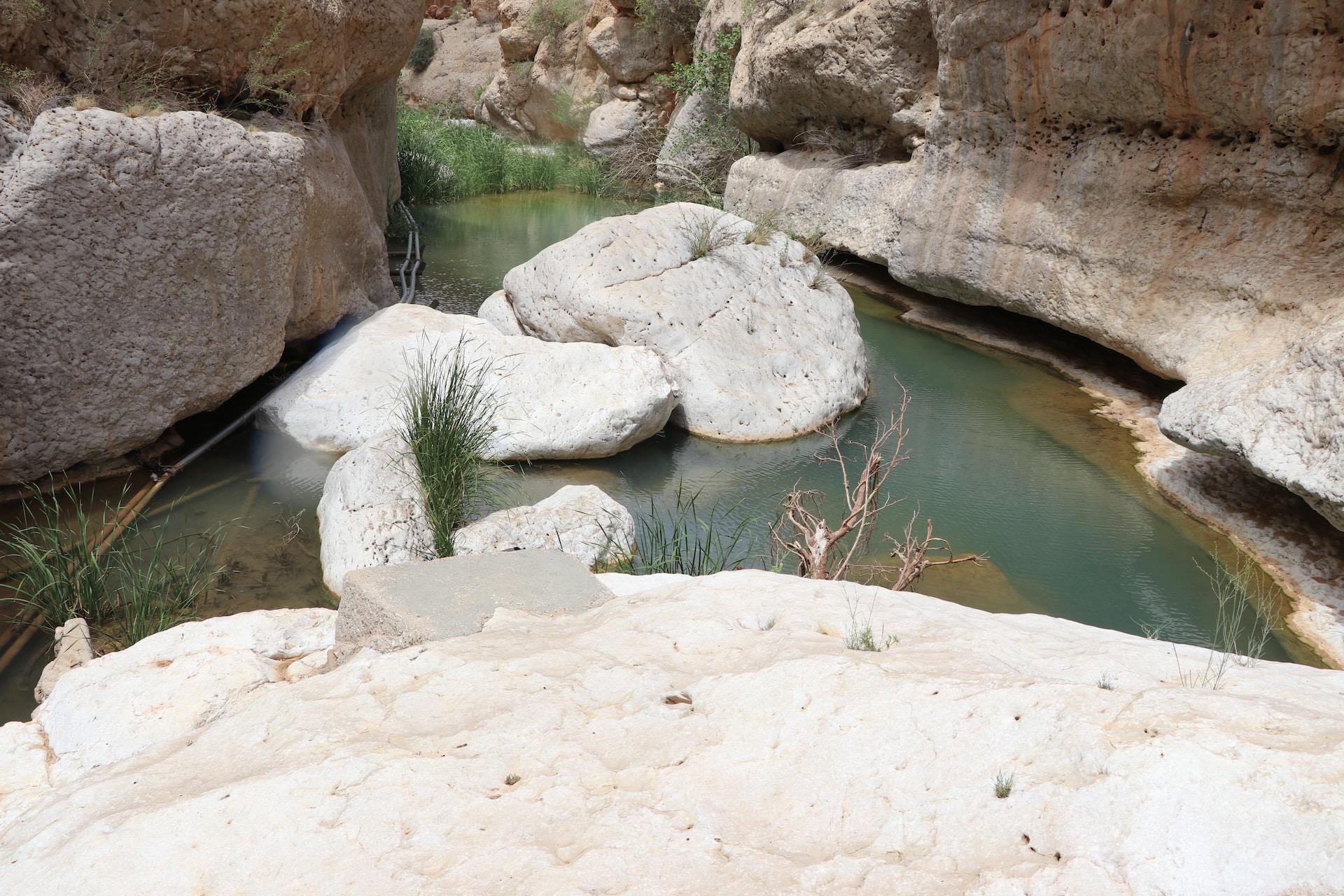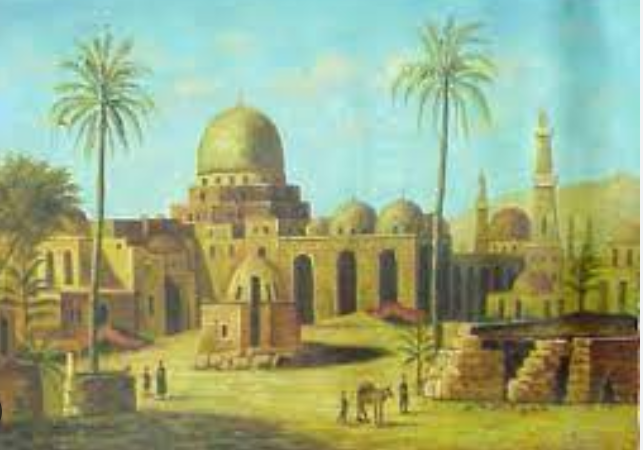What is Somalia DNA Ethnicity on Ancestry?
There are DNA regions of varying sizes in the AncestryDNA collection, some are huge while others may cover a small area or most of a small country. This is the case with the Somalia DNA region. We will be taking a closer look at this region to try and find out what makes it unique and what it means to have ancestry from the region.
Somalia DNA Region
The Somalia DNA region is a fairly small one which is located on the extreme eastern coast of Africa. As the name would suggest it is mainly focused on the country of Somalia itself with the exception of the northwest and southwest portions of the nation.

As with many DNA regions its influence does bleed over into other nations but with Somalia this just means its neighbor Ethiopia. There is a small population that exhibits this DNA in the most easterly portion of Ethiopia.
History of Africa
According to the paleontological record, it was the continent of Africa in which the first hominids developed. These early hominids were the first to walk in a bipedal motion and it is from them that eventually humans as we know them today evolved.
The fossil records suggest that homo sapiens were living in Africa between 260,000 to 350,000 years ago. Remains from South Africa, Morocco and Ethiopia seem to suggest that homo sapiens were already widespread throughout the continent during that time frame.
Somalia History
Prehistory in Somalia
It is thought that Somalia may have been one of the earliest lands settled by early humans. Experts suggest that hunter-gatherer tribes may have settled in the region prior to some of them migrating out of Africa.
During the stone age the Dolan and Hargeisan cultures thrived in the region. Some of the earliest evidence of burial customs in the Horn of Africa were found in Somalia showing burials dating to the 4th millennium BC.

Around the Neolithic it is thought that the first Afroasiatic-speaking populations may have arrived in the region. They are thought to have migrated there from the Nile Valley region and parts of the near east.
Early Advanced Civilization
Connections through their coastline to civilizations such as the ancient Egyptians and the Greeks around the 2nd millennium may have helped to create an impressive society in the region we know today as Somalia. Ancient pyramid-like structures, mausoleums, ruined cities and stone walls all indicate an advanced society in the region compared to the rest of the sub-Saharan continent of Africa.
The advanced nature of the region and its location have led some experts to list it as a potential location for the famed Land of Punt. The so-called Puntities traded myrrh, spices, gold, ebony, cattle, ivory and frankincense with civilizations such as Egypt, Phoenicia, Babylon, India, China and Rome.
Whether Somalia was the Land of Punt is still unclear but it is likely this prosperous land was in this general region and signs of advanced civilization in the area indicate it as a viable suspect.
The Arrival of Islam
It is thought that Islamic influence started to arrive in what is modern day Somalia around the 6th century AD. This was as a result of Muslims fleeing Mecca during the first Hejira, the journey of the Islamic prophet Muhammed.
The construction of the Masjid al-Qiblatayn in the Somali port town of Zeila coincided with this movement of Muslims away from Mecca.
There are clear indications of Muslims living along the northern Somali seaboard in the late 9th century. It is said that the Adal Kingdom was settled in the region. Throughout the middle ages more Arab immigrants would arrive in the area. Many of these immigrants married into the native Dir Clan, one of Somalia’s most prominent.

Trade through the Somali ports would continue for centuries as would various global connections to other major civilizations.
The Scramble for Africa
Despite being one of the most prosperous African states Somalia was not immune to the so-called "Scramble for Africa." This was an initiative triggered at the 1884 Berlin Conference which started various European powers seeking to grab as much of Africa as they could.
In 1884 a British protectorate was declared over part of Somalia along the coast which was opposite to South Yemen. A few years later Italy established a foothold in the region as well making treaties with a number of chiefs and sultans.
Britain’s early attempts to push further into Somalia would be repulsed by the Dervish movement. Also known as the Darawish they would also defeat Italian and Abyssinian (Ethiopia) colonial powers on numerous occasions.
The Darawish would hold strong for many years until in the 1920s the British finally had the tools to defeat them in the form of planes. Also in the 1920s the rise of fascism in Italy produced a more aggressive stance from the Italians in Somalia.
There would be a great deal of back and forth between British Italian and Abyssinian troops for the next couple of decades with the British ultimately coming out on top by the end of the second world war. Italy still maintained a presence but in a smaller capacity.
Independence
Following the second world war a period of unrest existed in the country with various nations laying claim to regions. Attempts were being made to give Somalia independence but a portion of the country had been gifted to Ethiopia in the 1880s. Ethiopia did not want to release control of this land.
Other influences such as Kenyan nationalists that the British had allowed to gain power in the region also caused issues in the attempts to give Somalia its own independence. Also the region known as French Somaliland (Djibouti) to the north was lost to what may suggest was an election rigged by France.
Ultimately Somalia gained its independence on July 1 1960. Its boundaries were established by British and Italian powers however.
Where Does My Somali Region DNA Come From?
The peoples of Somalia are a combination of some of the earliest human tribes, immigrants from the Nile Valley region, Islamic settlers and various European countries who held protectorate powers in the country.
This has created a diverse mix of peoples in the region and a distinct DNA combination that may appear in the estimates of people living thousands of miles away from Somalia itself.
Slavery was not a big factor in Somalia; it was too far east and was for many thousands of years a prosperous trading country with links to some of the early advanced civilizations. This does not mean that modern day African Americans would not find Somalia region DNA in their ethnicity estimates just that it would be much rarer.
The spread of Somalia region DNA around the world would largely be part of its trade routes and later issues in the country which might see people fleeing conflict and poverty in the nation.
Can I Trace My African Ancestors?
As with all things genealogical, there is always a chance that you might be able to trace the origins of your African ancestors. This is of course dependent on a number of factors. Those in the U.S. who know their ancestors arrived as slaves centuries ago may find it difficult to find out exactly where they were taken from.
Due to historical instability in countries such as Somalia our understanding of the DNA population is limited. This means that unlike elsewhere in the world where we might be able to have a more pinpointed region of origin we are left with a broad area.
Depending on how recent our Somalia region ancestor is, we may be able to find records to support who they were and why they or their descendants left the country. The further back we go generationally speaking it becomes harder to pinpoint exactly where our ancestor comes from.
Final Thoughts
Somalia as a country has historically been prosperous and has drawn a great deal of migration to itself over the years because of this. Connections to ancient civilizations mean a rich history exists in the region.
Link To or Reference This Page
We spent a lot of time downloading, cleaning, merging, and formatting the data that is shown on the site.
If you found the data or information on this page useful in your research, please use the tool below to properly cite or reference Name Census as the source. We appreciate your support!
-
<a href="https://namecensus.com/blog/what-is-somalia-dna-ethnicity-on-ancestry/">What is Somalia DNA Ethnicity on Ancestry?</a>
-
"What is Somalia DNA Ethnicity on Ancestry?". NameCensus.com. Accessed on May 10, 2024. https://namecensus.com/blog/what-is-somalia-dna-ethnicity-on-ancestry/.
-
"What is Somalia DNA Ethnicity on Ancestry?". NameCensus.com, https://namecensus.com/blog/what-is-somalia-dna-ethnicity-on-ancestry/. Accessed 10 May, 2024
-
What is Somalia DNA Ethnicity on Ancestry?. NameCensus.com. Retrieved from https://namecensus.com/blog/what-is-somalia-dna-ethnicity-on-ancestry/.
